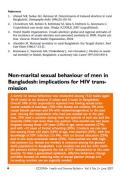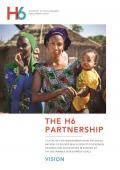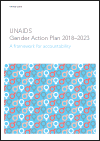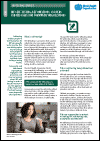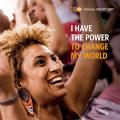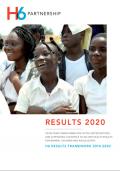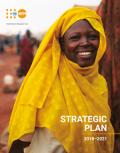Publications on Women and Men
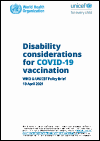
Resource | Publications,
Persons with disabilities are disproportionately impacted by COVID-19, both directly because of infection, and indirectly because of restrictions to reduce the spread of the virus. Persons with disabilities are a diverse group, and the risks, barriers and impacts faced by them will vary in different contexts according to, among other factors, their age, gender identity, type of disability, ethnicity, sexual orientation, and migration status.
This document presents considerations and actions for the following stakeholders to ensure equity in access to vaccination against COVID‑19 for persons with disabilities.
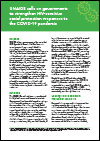
Resource | Publications,
UNAIDS calls on governments to live up to their 2030 Agenda for Sustainable Development commitment to leave no one behind by strengthening social protection systems, including the set of minimum standards known as “floors”, in the face of the COVID-19 pandemic and by enhancing the responsiveness of social protection systems to people’s basic and changing needs and vulnerabilities—in particular for people living with, at risk of and affected by HIV, including key populations and young people, women and girls, people living with disabilities, refugees, asylum seekers, migrants and populations in a state of food insecurity or malnourishment and in humanitarian settings. These groups of people are among the high-risk populations for COVID-19 and are especially vulnerable to economic, spatial and social inequalities and disruptions in the provision of, and effective access to, basic services and social assistance.
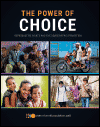
Resource | Publications,
Not so long ago, most people had large families: five children, on average. Where once there was one global fertility rate, today there are many, with differences wider than at any point in human history. Family size, whether small or large, is intertwined with reproductive rights, which are tied to many other rights, such as those to health and education, adequate income, the freedom to make choices, and non-discrimination.






